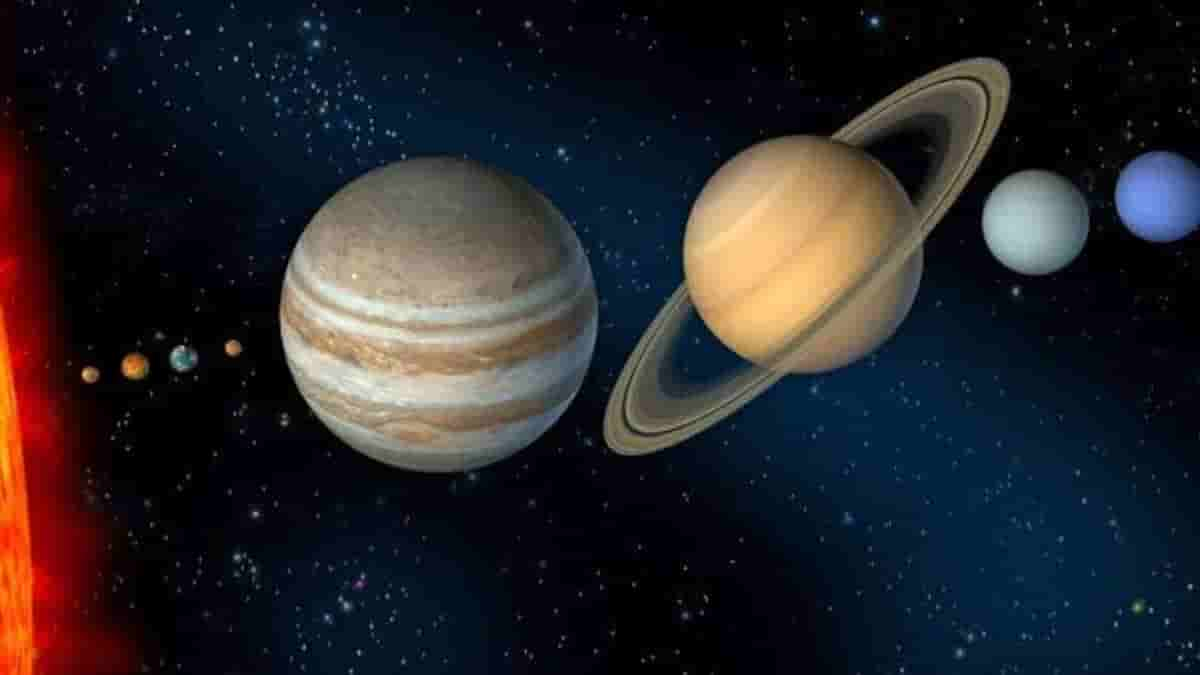6 planets are retrograding and people are not too calm about it, here’s why

Six planets in the Solar System are enthralling everyone. The reason behind this is that these planets are moving “in retrograde” presently.
Astrology sites are buzzing around about how the horoscope is getting impacted by the retrograde motion of these planets.
There exist a lot of rumors, which suggest that “planets slow down”. This leads to a lot of chaos regarding a matter which is actually an optical illusion.
The term ‘retrograde motion’, according to NASA refers to an ‘apparent’ change in a planet’s movement through the sky while it is viewed from the Earth. Further explaining it refers to the moment when a planet seems like it is going backward in the orbit. It is the said optical illusion.
In the present discussion Mercury, Jupiter, Saturn, Uranus, Neptune, and Pluto (a dwarf planet) will move in retrograde for some time. The period in which these planets will move in retrograde are:
Mercury: Sept 10 to Oct 2
Jupiter: July 28 to Nov 23
Saturn: June 4 to Oct 23
Uranus: Aug 24 to Jan 23
Neptune: June 28 to Dec 4
Pluto: April 29 to Oct 8
It is known that planets in the Solar System orbit the sun. Since the planets orbit around the Sun at different distances, all the planets have years of variable lengths.
Planets that have shorter years will thus overtake the slower-moving planets.
When a faster orbiting planet overtakes a planet with a slower orbiting speed, it seems like the slower-moving planet stops moving forward. It then appears to be moving in the opposite direction, even when it is actually moving at its original speed.
NASA states that the planet does not physically start moving backward in its orbit. NASA adds, “It just appears to do so because of the relative positions of the planet and Earth and how they are moving around the Sun.”
Interestingly, this effect can be viewed from the Earth. One can imagine a situation where two cars are traveling in the same direction in different lanes. One car is traveling at a speed faster than the other car. When the faster car overtakes the slower car, it seems to the passenger that the sow car stops and then starts moving backward. But in reality, its actual speed has not altered. This idea works for various methods of transportation, even for walking and cycling.
Heliocentrism refers to the phenomena of planets orbiting the Sun. A very important reason why heliocentrism replaced geocentrism is that the latter was not capable of explaining the retrograde motion of the planets. Geocentrism is the concept that the Earth is in the center of the Solar System. With the introduction of heliocentrism, the phenomena of retrograde motion became easy to understand.
Now you might be wondering, why the idea of retrograde motion is accompanied by a sense of gloom.
The Farmer’s Almanac states that each of the planets rules a different aspect of life. In a situation, when the planets are appearing to move in a backward direction, it is believed that the positive aspects connected to these planets get disrupted.
According to the Farmer’s Almanac, retrograde of the Mercury is accompanied by most chaos, as it is closest to the Sun and consequently retrogrades three to four times a year.

